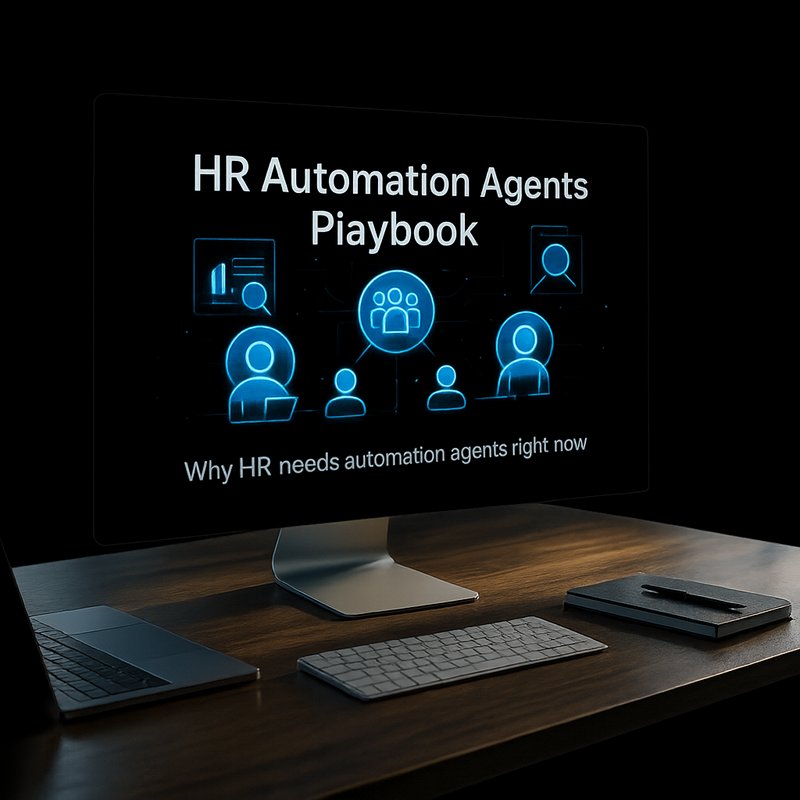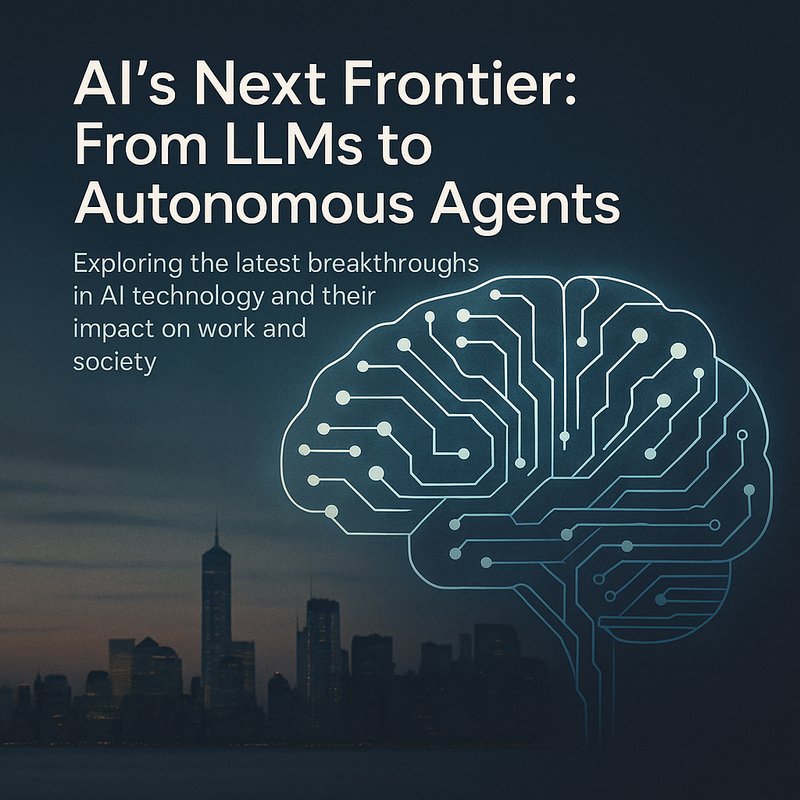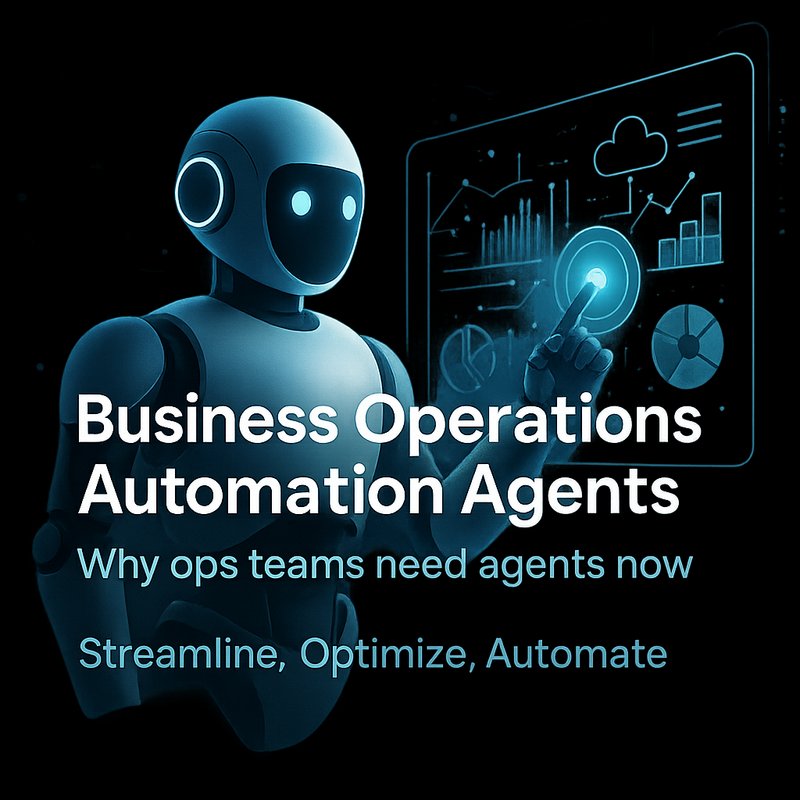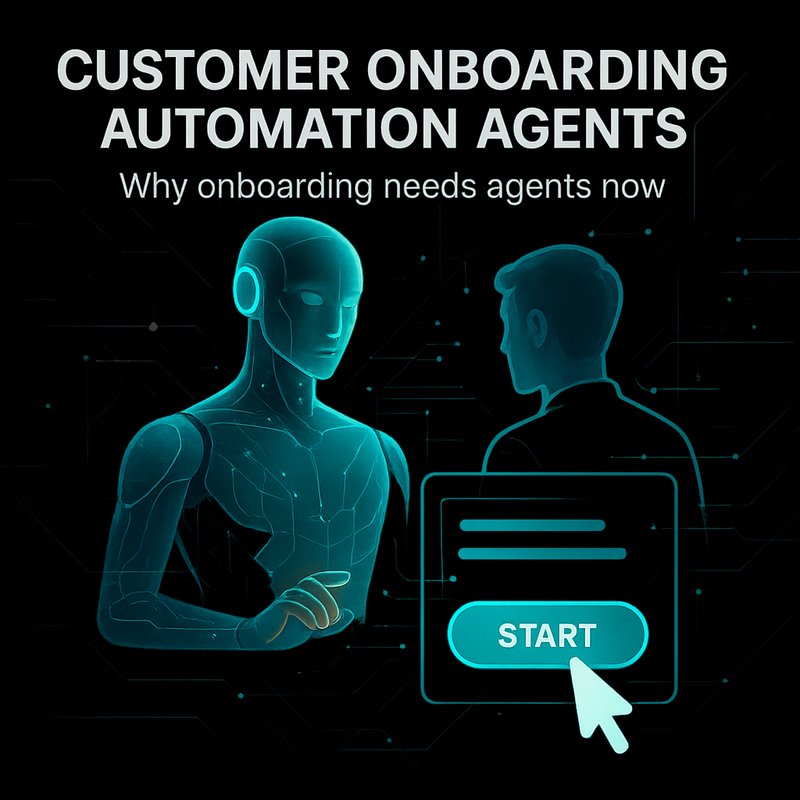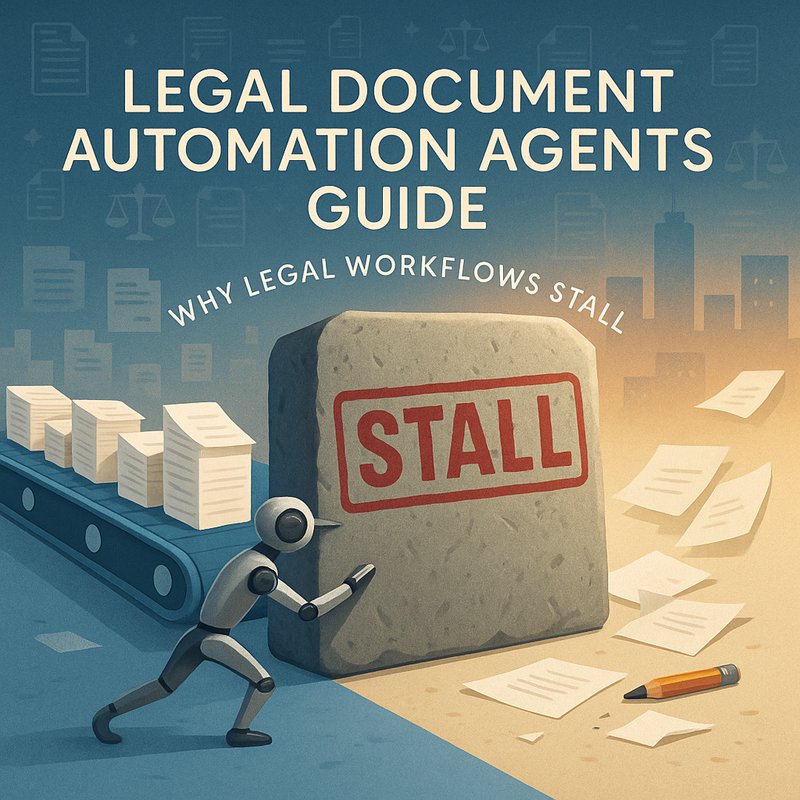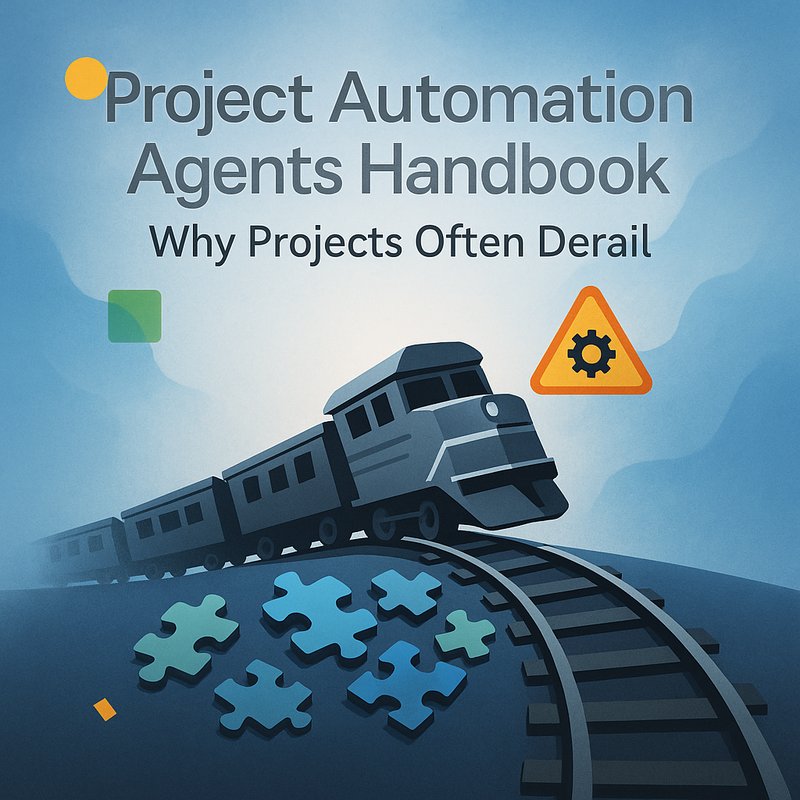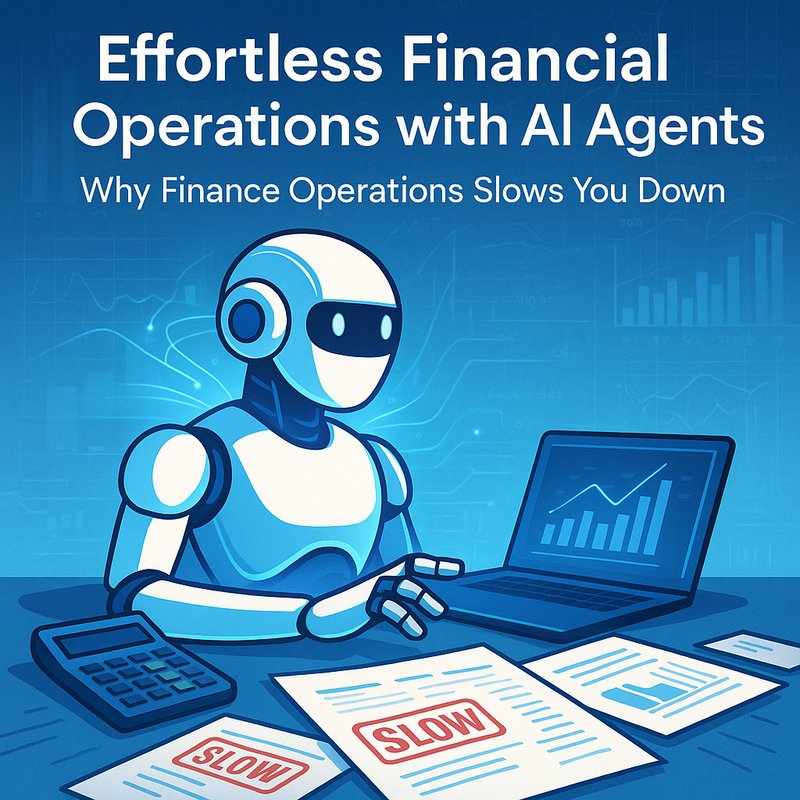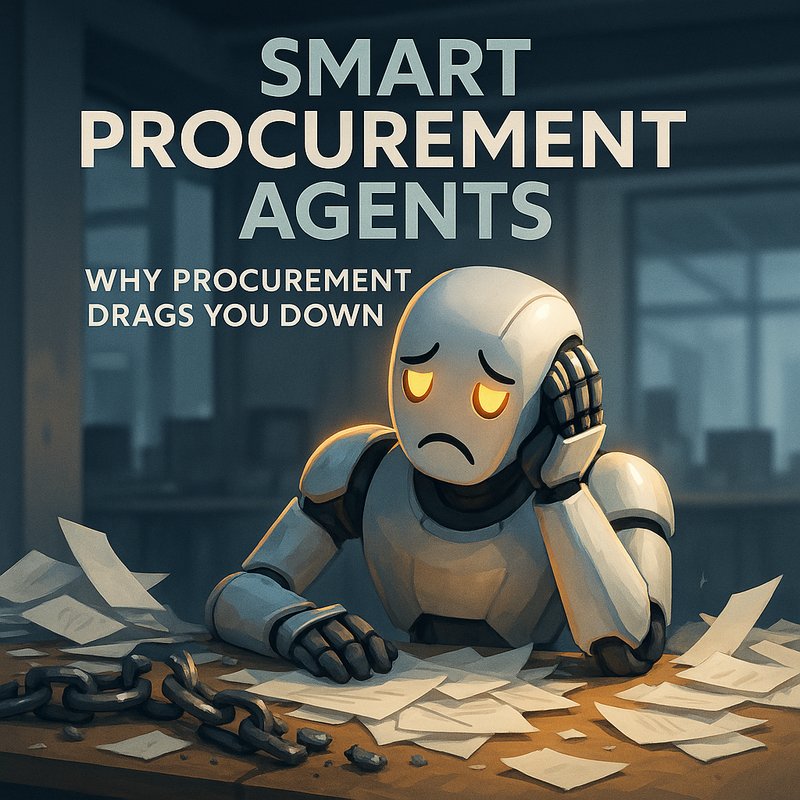HR teams are drowning in repeatable tasks. Recruiting, benefits, compliance, payroll, and onboarding eat hours every week. What if small software teammates handled the boring, repeatable work so HR people could focus on people? That is the idea behind HR automation agents.
This playbook shows practical agent roles, integrations, a six week pilot plan, metrics to watch, templates you can reuse, and real examples that actually work. No fluff. Just useful steps you can try this quarter.
Why HR needs automation agents right now
HR work is predictable in many parts. Some examples:
- Recruiters spend time screening resumes and scheduling interviews.
- Hiring managers wait for contract drafts and signatures.
- New hires get lost in scattered docs and unclear first week tasks.
- Benefits enrollment gets missed and nobody notices until payroll.
- Compliance teams hunt for missing training completions.
Automation agents handle routine parts: triage, draft, remind, check, and hand off to humans when judgment is required. The result? Faster hiring, fewer payroll mistakes, faster time to productivity for new employees, and less busy work for HR pros.
Now, you might wonder: will this make HR feel cold? Maybe, if you automate everything. The trick is to automate the plumbing, not the people parts. Let agents draft and verify, humans approve and empathize.
Agent lineup that helps HR teams
Treat each agent like a teammate with a single role and clear handoffs. Keep them focused.
Candidate Sourcing and Screening Agent
Purpose: Save recruiters time by handling the first sift.
What it does:
- Parses resumes and LinkedIn profiles for key skills and red flags.
- Scores candidates against the job description and rank-orders them.
- Drafts short outreach messages personalized to the candidate.
- Schedules initial screening calls into recruiter calendars.
Why it helps: Recruiters spend time talking to the right people, not filtering noise.
Integration examples: Greenhouse (https://www.greenhouse.io), Lever, LinkedIn.
Interview Scheduler Agent
Purpose: Remove the back and forth of coordinating interviews.
What it does:
- Reads calendar availability for interviewers and candidates.
- Proposes slots and books video calls with correct meeting templates.
- Sends prep packets and short role-specific guides to interviewers.
- Re-routes conflicts and offers quick reschedule options.
Why it helps: Faster candidate experience and fewer no-shows.
Integration examples: Google Calendar, Microsoft Exchange, Zoom.
Offer and Contract Agent
Purpose: Cut time from verbal offer to signed agreement.
What it does:
- Fills offer letters with correct salary, title, and start date from templates.
- Adds regional legal clauses and benefits links.
- Routes approvals when compensation is out of policy.
- Sends for signature via DocuSign or other e-sign services and tracks status.
Why it helps: Fewer errors, faster closes, and clean audit trails.
Integration examples: DocuSign, HelloSign, internal ATS.
New Hire Onboarding Agent
Purpose: Get new employees productive in days, not weeks.
What it does:
- Creates a personalized checklist: accounts, tools, team intros, training.
- Assigns IT tickets to provision access and tracks completion.
- Sends scheduled nudges to hiring managers and IT until tasks are done.
- Aggregates onboarding docs in one place and answers common employee questions.
Why it helps: New hires feel welcome and hit useful work faster.
Integration examples: HRIS like Workday (https://www.workday.com) or BambooHR, Slack, Okta.
Benefits and Payroll Agent
Purpose: Reduce errors and missed enrollments.
What it does:
- Verifies new hire payroll details and sends verification reminders.
- Checks benefits enrollment windows and nudges eligible employees.
- Flags inconsistencies between HRIS and payroll provider.
- Generates reports for finance and HR leadership.
Why it helps: Fewer payroll issues, less rework, and calmer finance teams.
Integration examples: ADP (https://www.adp.com), Paylocity, Gusto.
Compliance and Training Agent
Purpose: Keep certifications and policies current.
What it does:
- Tracks required trainings, their due dates, and completion status.
- Sends escalating reminders and routes exceptions to managers.
- Parses certificates and stores metadata for audits.
- Builds simple reports for compliance reviewers.
Why it helps: Avoid fines, audits are faster, and people stay certified.
Integration examples: LMS systems, SSO providers, Google Drive.
Offboarding and Exit Agent
Purpose: Make leaving clean and reducing risk.
What it does:
- Generates exit checklists: access removal, device return, knowledge transfer.
- Schedules exit interviews and captures notes.
- Triggers payroll finalization and benefit changes.
- Keeps an archive of final documents.
Why it helps: Clean handoffs, fewer security gaps, and better post-exit data.
HR Analytics Agent
Purpose: Turn HR data into quick decisions.
What it does:
- Aggregates hiring velocity, time to fill, retention, and payroll variance.
- Detects trends like spikes in voluntary exits or long hiring pipelines.
- Produces weekly dashboards and short commentary that managers can act on.
- Simulates what happens if hiring ramps up or freezes.
Why it helps: Faster, data-informed HR decisions.
Toolchain and integrations to connect
You do not need one big monolith. Use an integration router so agents talk to your systems. Common pieces:
- ATS and recruiting: Greenhouse (https://www.greenhouse.io), Lever
- HRIS: Workday (https://www.workday.com), BambooHR
- Payroll: ADP (https://www.adp.com), Gusto
- Calendars and video: Google Calendar, Zoom
- Documents and e-sign: DocuSign, Google Drive
- SSO and provisioning: Okta, Azure AD
- Messaging: Slack, Microsoft Teams, email
- Models and LLMs for parsing and drafting: OpenAI (https://openai.com), Anthropic (https://www.anthropic.com)
- Router layer: if you use a router, it helps connect many models and APIs like Neura Router (https://router.meetneura.ai)

Pro tip: Start with systems HR already trusts. Agents should act on events: candidate applied, offer accepted, first payroll run, training due.
Another pro tip: Keep approvals for money, equity, and legal terms. Agents draft, humans sign.
A six week pilot to ship value fast
Run a narrow pilot with a clear success metric. Here is a practical path that proved useful in many shops.
Week 1: Map the flow
- Pick one high impact pain: long time to fill, slow offer signing, or missed payroll entries.
- Inventory systems and data sources.
- Define success metrics: time to schedule interviews, offer to acceptance time, first month task completion rate.
Week 2: Connect essentials
- Integrate your ATS, calendar, and HRIS in a test environment.
- Verify fake records flow both ways and that notifications reach real people.
Week 3: Launch Interview Scheduler Agent
- Run it in suggestion mode so coordinators approve bookings.
- Track acceptance rates and time saved.
Week 4: Add Candidate Sourcing or Offer Drafting
- Test resume parsing, outreach messaging, and offer letter templating.
- Include approval gates for comp exceptions.
Week 5: Add New Hire Onboarding Agent
- Start with a short checklist for IT and access provisioning.
- Send initial emails and measure completion.
Week 6: Measure and expand
- Compare time to schedule interviews, offer-to-sign days, and new hire task completion to baseline.
- Decide what becomes fully automatic vs suggested.
Ship the smallest useful thing first. Fix the common blockers and iterate.
Metrics you should watch
Keep measurement simple and tied to people outcomes:
- Time to fill an open role
- Time from verbal offer to signed contract
- Interview no-show rate
- New hire 30 day task completion rate
- Payroll error rate per pay cycle
- Percentage of employees enrolled in required training on time
- HR time saved per week
- First 90 day retention
Leading indicators like faster scheduling should lead to better lagging metrics like retention and hiring cost per hire.
Practical prompts and templates
Agents need clear prompts and guardrails. Here are examples you can adapt.
Prompt for Resume Screening Agent:
"Read candidate resume and LinkedIn profile. Score skills match to this job description and highlight any missing required items. Provide a 3 sentence summary for the recruiter and a suggested next step: schedule phone screen, request work sample, or. Include confidence score."
Offer letter template prompt:
"Draft an offer letter for candidate Jane Doe. Include: title, compensation, start date, bonus structure, and required attachments. Add jurisdiction-specific clause for employment at will if US, otherwise include probation terms for EU hires. Mark any missing fields for human completion."
Onboarding checklist example:
- Complete payroll forms and tax setup
- IT account provisioning and device request
- Manager intro and team welcome
- First week training schedule
- Benefits enrollment instructions
Nudge rules:
- Send a first nudge 48 hours after an incomplete critical step.
- Limit nudges to three messages in 14 days for non-urgent tasks.
- Always include clear opt-out or help contact.
Logging and audit:
- Log agent source, timestamp, and confidence for every automated action.
- Provide an undo path for human admins.
The catch? Agents learn from messy inputs. Validate outputs before broad automation.
Privacy, security, and compliance
HR data is sensitive. Protect it.
- Use encryption at rest and in transit.
- Role-based access controls for agents and users.
- Audit trails for every automated action.
- Never send PII to third-party models without legal approval.
- Maintain consent records for communications and recordings.
- Limit retention of candidate data per local laws (GDPR, CCPA).
If you use LLMs for parsing, consider model hosting choices and vendor contracts. Link to OpenAI (https://openai.com) or Anthropic (https://www.anthropic.com) for vendor info and compliance terms.
Adoption and change management
People worry about losing control. Here is how to get buy-in.
- Start in suggestion mode.
- Show wins with a dashboard of accepted suggestions.
- Include recruiters, hiring managers, and IT in the review loop.
- Create short videos and one-pagers for new flows.
- Celebrate time saved and faster hires.
Trust builds slowly. Let teams opt into automation as it proves itself.
Common pitfalls and how to fix them
Problem: Agents send too many messages and annoy people.
Fix: Throttle nudges, group messages, and add a human escalation path.
Problem: Resume parsing misses formats and extracts garbage.
Fix: Improve OCR or parsing rules, add a human review step for low confidence results.
Problem: Offer drafts include wrong clauses for jurisdictions.
Fix: Use region-specific templates and require legal review for exceptions.
Problem: Payroll mismatches between HRIS and payroll provider.
Fix: Add reconciliation checks and a two-step approval for changes to pay data.
Real examples that work
Example 1: Faster hiring with scheduling automation
A tech company cut interview scheduling time from 48 hours to 30 minutes by using a scheduler agent that looked across calendars and offered slots. Candidate drop-off dropped and hiring velocity rose.
Example 2: Cleaner payroll with verification checks
A mid-size firm used a payroll agent that validated employee banking and tax fields before payroll run. Payroll errors fell by 80 percent and finance stopped chasing missing forms.
Example 3: Better first week experience
A startup used an onboarding agent to create personalized checklists and auto-provision access. New hires completed core setup in 3 days rather than 10 and felt less lost.
What strikes me is how small, targeted automations save the most time. Do the little stuff right.
Where to start today
Pick one small, high-impact workflow:
- Interview scheduling
- Offer letter drafting
- First-week onboarding checklist
- Payroll verification pre-run
Build a simple agent that drafts or suggests actions, measure impact, then expand. Keep humans in the loop for judgment calls and money moves.
Final note: automation is not a replacement for human care. It is a tool that buys HR people more time to do the hard, human work.
